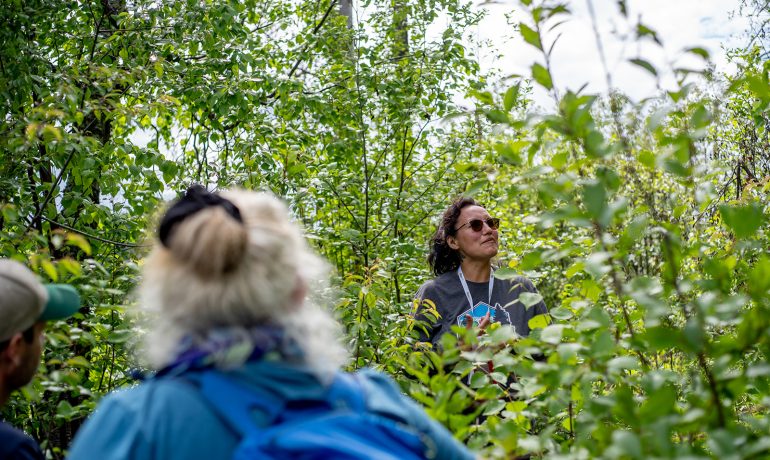This article is an editorial from Jim Hinton.
=========================================
During a radio talk show about the forest industry problems, the topic of log exports came up again.
The industry representative was adamant that log exports did not reduce jobs in B.C.
His rationale was that it is a competitive market and countries like China can afford to outbid the locals because they have a cheaper labour force to produce lumber more economically than we can. While I don’t recall there was a discussion about log exports to the U.S., it has been recognized that their lumber producers have a significant advantage over the B.C. lumber manufacturers because of the softwood lumber agreement which taxes our lumber that is shipped into the States. Around the same time as the radio talk show, there was another announcement of a mill closure on the coast.
When it comes to exporting logs anywhere, the devil is in the details, and that is made apparent in an article entitled Waste Not, Want Not? Post-Harvest Residual Fibre by Jim Girvan in the Winter 2018 Truck Logger BC magazine. The author describes how more low-quality fibre needs to flow from the primary harvest.
“This is of critical importance on the coast since a lack of wood supply is now threatening mill sustainability. Without a solution, mill closures and job loss may be on the horizon.”
A solution being put forward by the Coalition is to motivate harvesters to bring more pulp logs to market and leave less waste at roadside.
“A lot of the waste fibre we are seeing at roadside that is typically piled and burnt is ideal for pulp production, if it would just come to market.”
The situation has become so dire for pulp producers that in a move of desperation, some have started blocking log export permits to secure a short-term supply of logs.
“This is a stop-gap measure on the part of companies while the Coalition works with government, licensees and other industry stakeholders to develop commercially viable, strategic solutions to waste wood utilization.”
Girvan includes information on work done in the interior that may help. FPInnovations Fibre Supply group has developed a new guide to support those wanting to address the issue of how to best use residual material.
Best Management Practices for Integrated Harvest Operations in British Columbia is a 48-page guide that presents biomass handling guidelines that outline suggested step-by-step processes to be followed by the primary and secondary industries wanting access to the waste fibre while at the same time reducing supply chain costs.
To assist the readers, I would direct them to a YouTube video that does a good job of explaining the information in the guide: “YouTube Residual harvesting – best practices.”
Some of the highlights are the following: Planning is a critical phase in all stages of residue management in order to maximize logistical efficiency and minimize costs. It begins prior to layout for initial harvest and is essential in determining where and how much residue is available, how it will be utilized, and how and where it will be transported. It is crucial that there is communication between primary harvesters and secondary users to ensure maximum efficiency for both operations.
Significant costs can be added to secondary users’ operations if residue is piled for burning, or if roads are deactivated before residual extraction can take place. Integrating and stream-lining operations as much as possible should be the goal.
If both users can reduce material handling, both will save costs.
Jim Hilton is a professional agrologist and forester who has lived and worked in the Cariboo-Chilcotin for the past 40 years. Now retired, Hilton still volunteers his skills with local community forests organizations.
Related Post
As Published in Canadian Forest Industries Magazine, Pulp & Paper Magazine and Canadian Biomass Magazine
Jennifer Gunter’s Op Ed, “Community Forests: Rooted in Community,
Minister of Forests Mandated to Expand BC’s Community Forest Program
In the recently released mandate letter to the Minister



